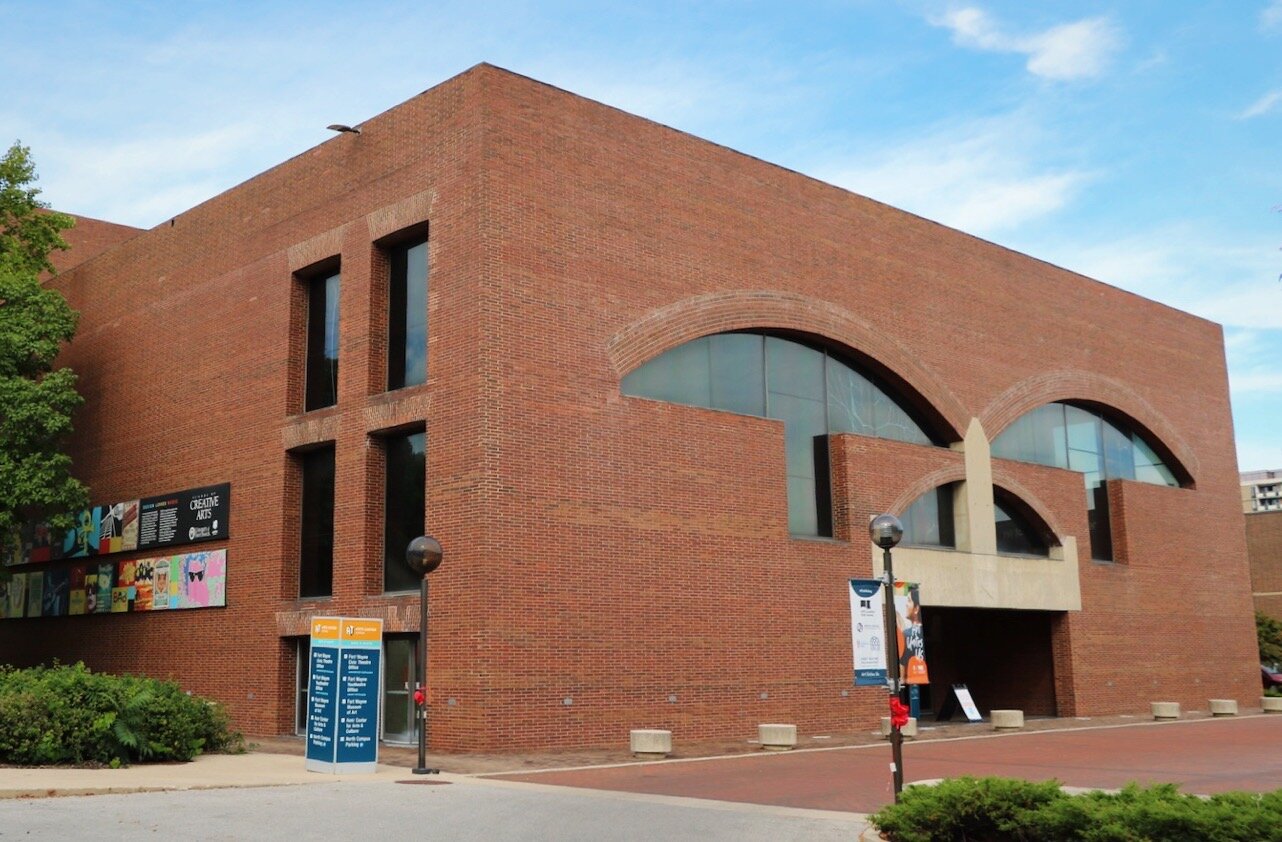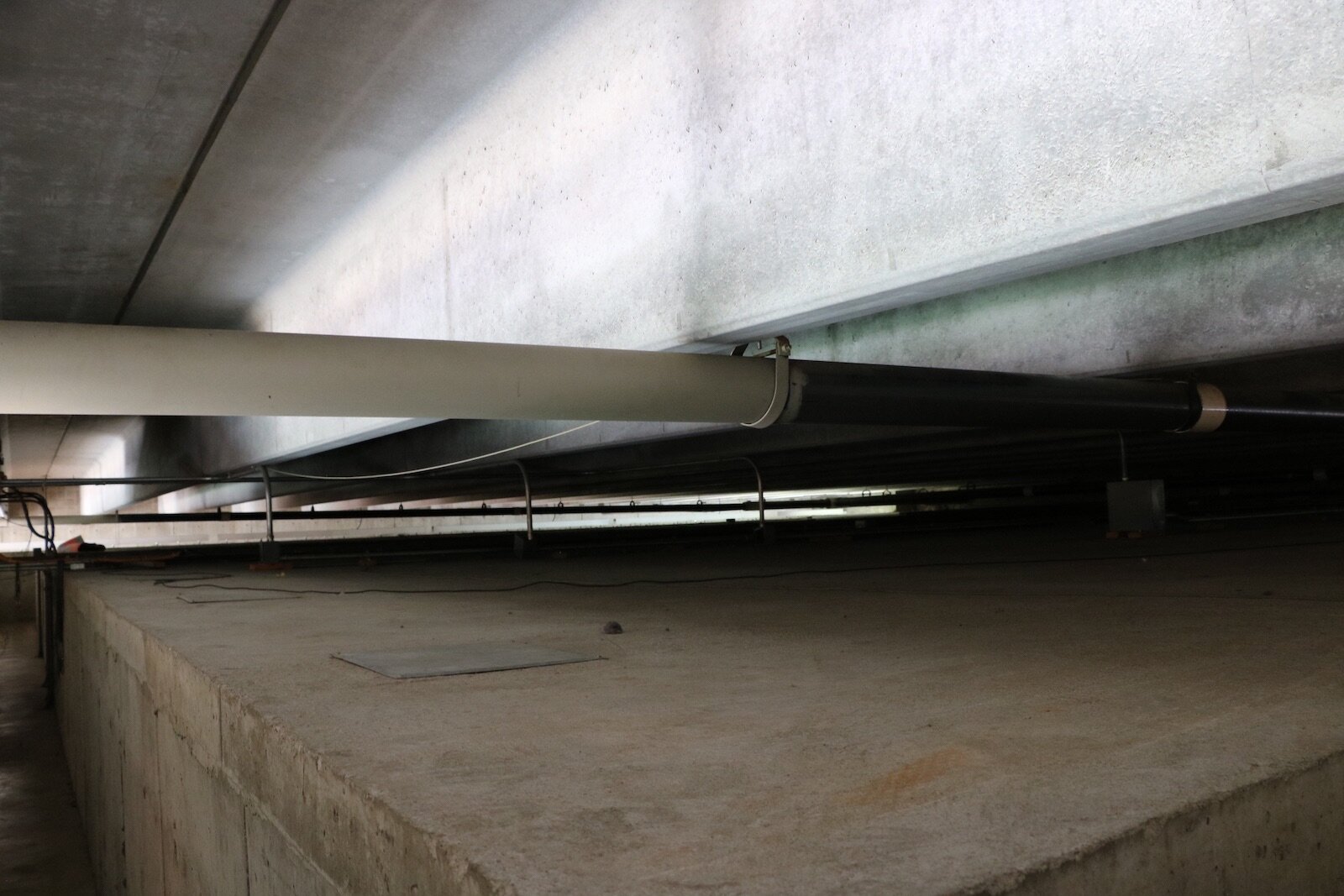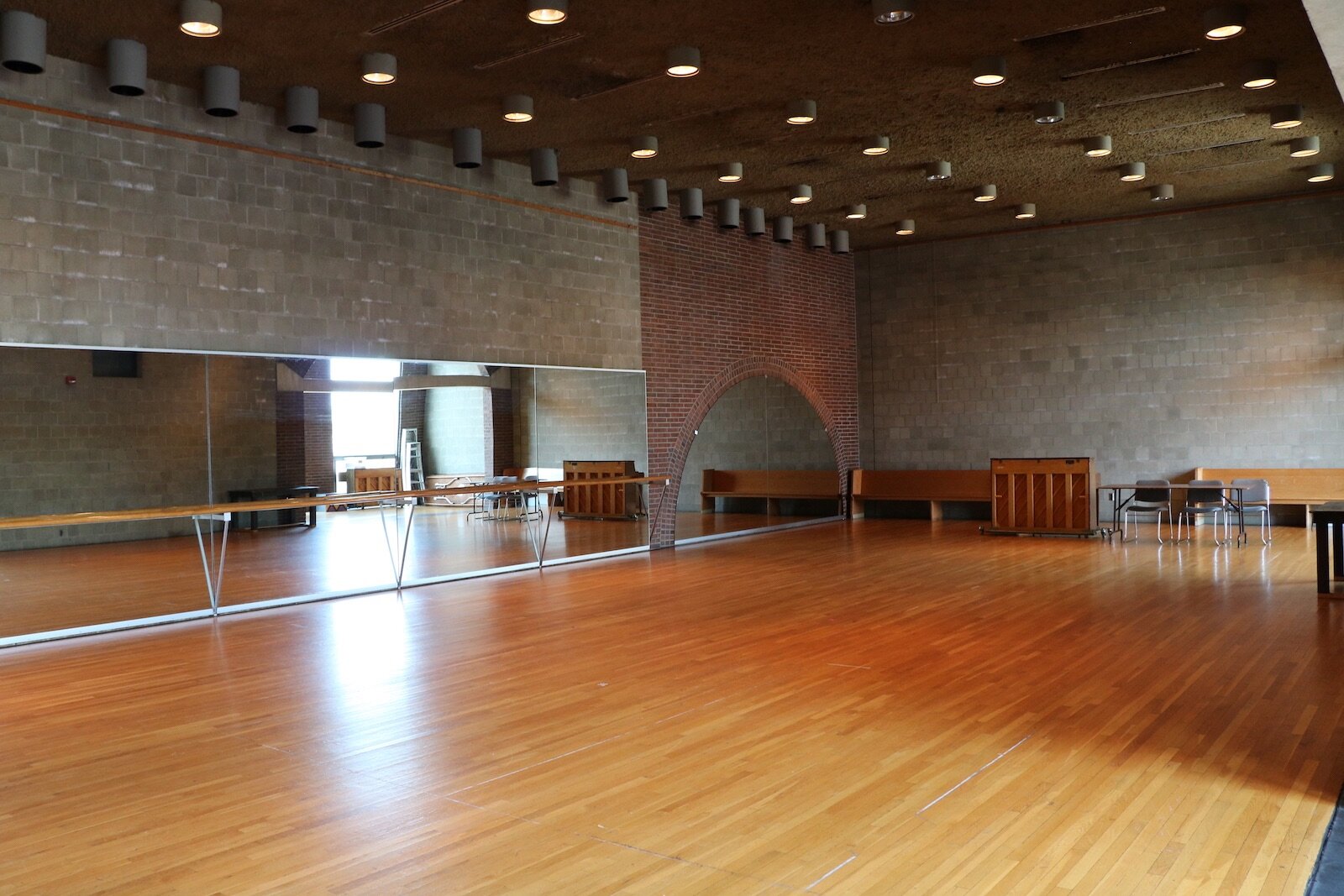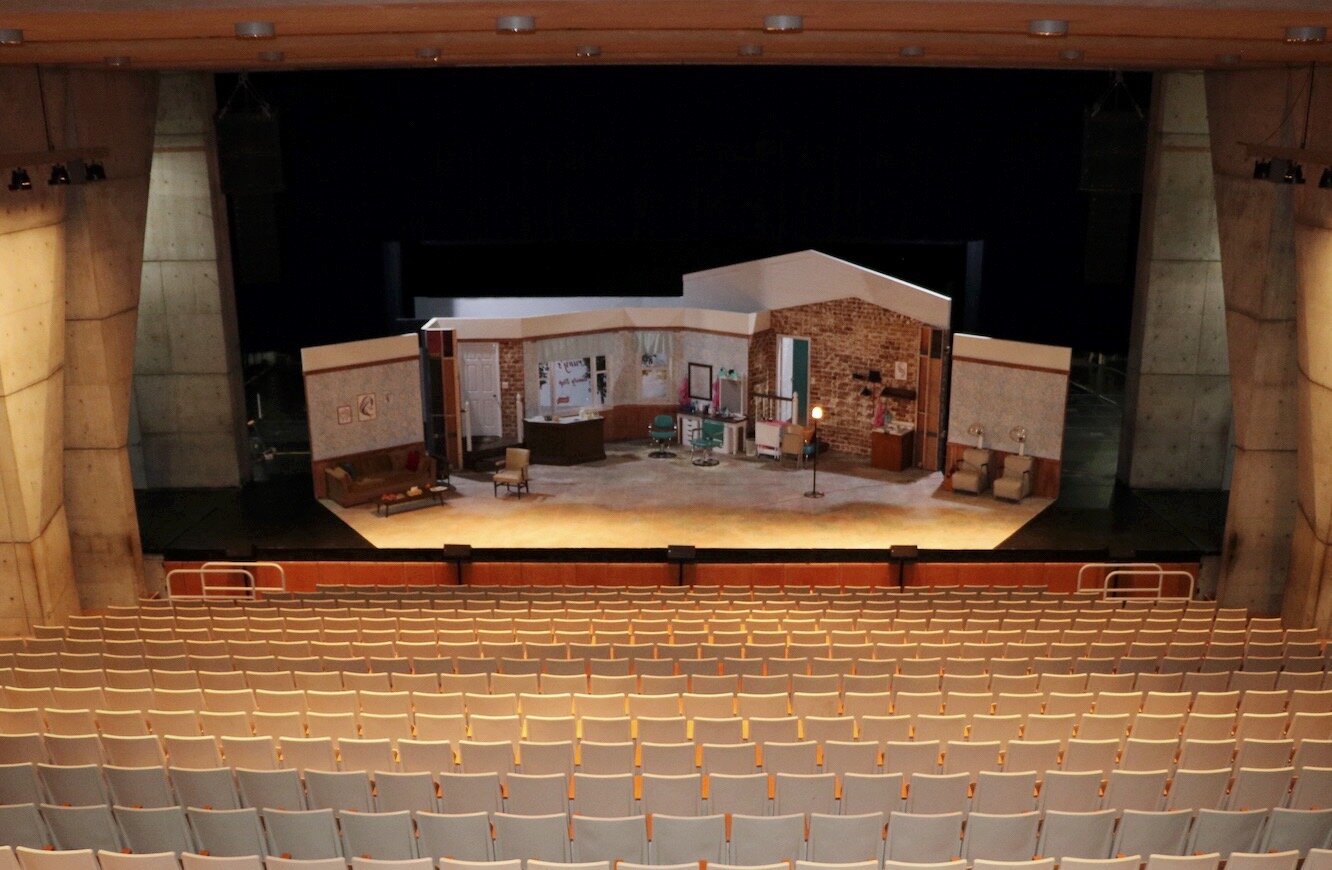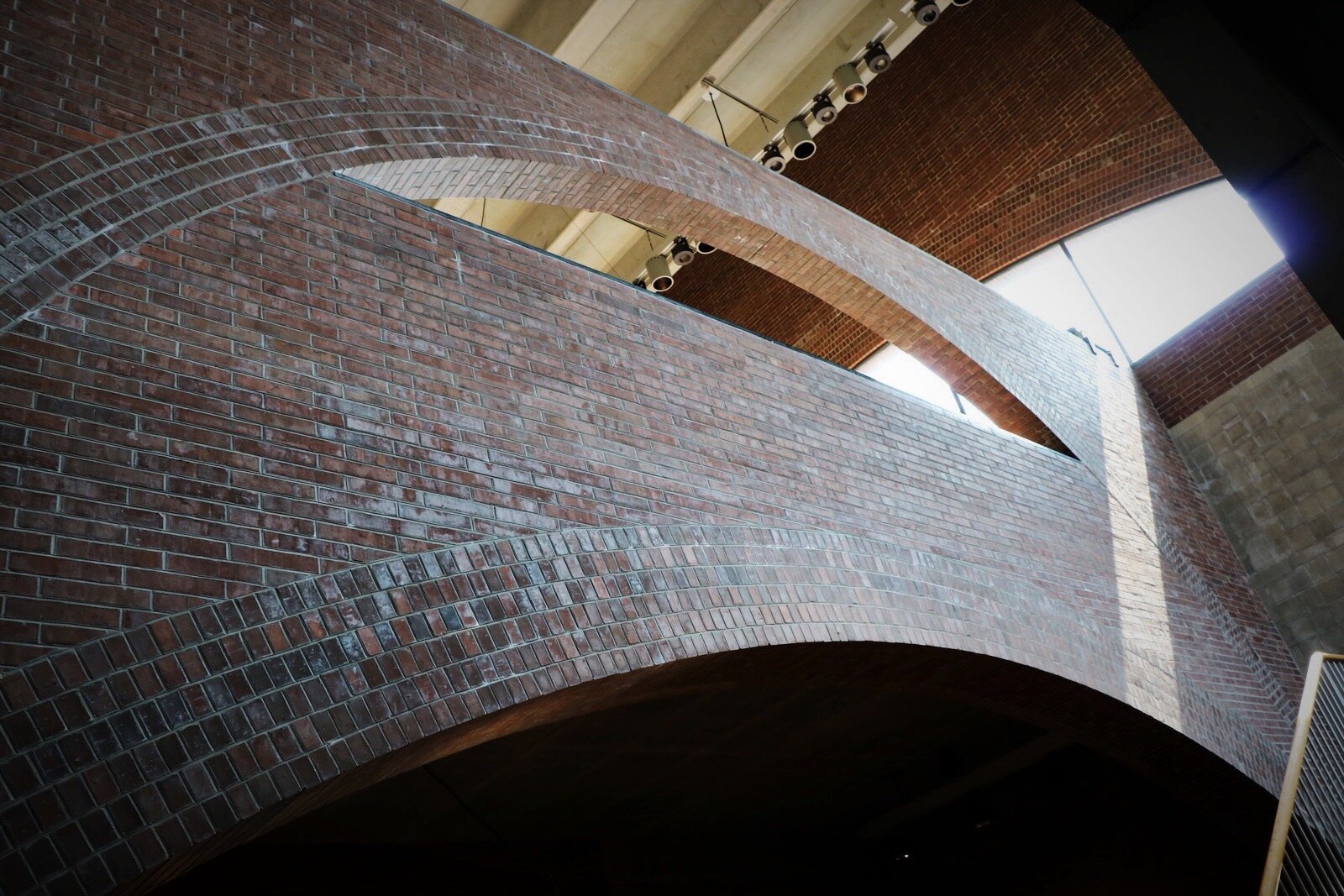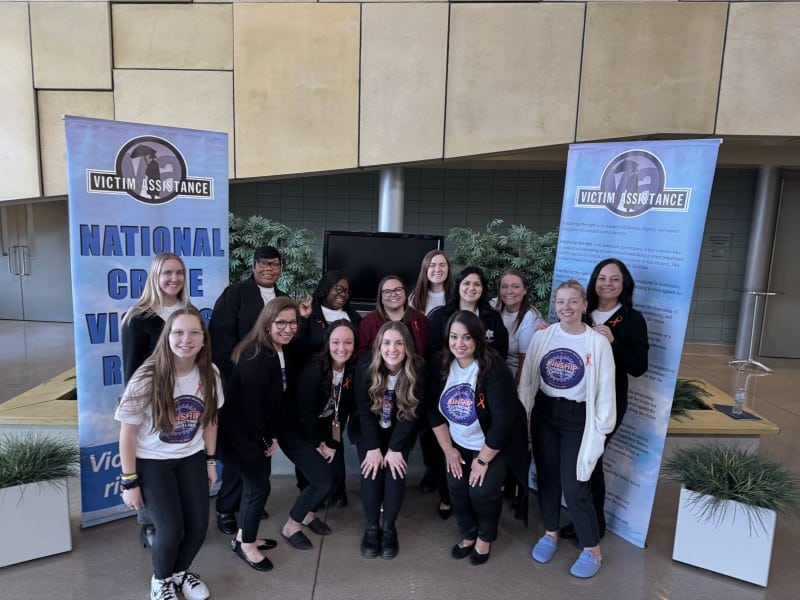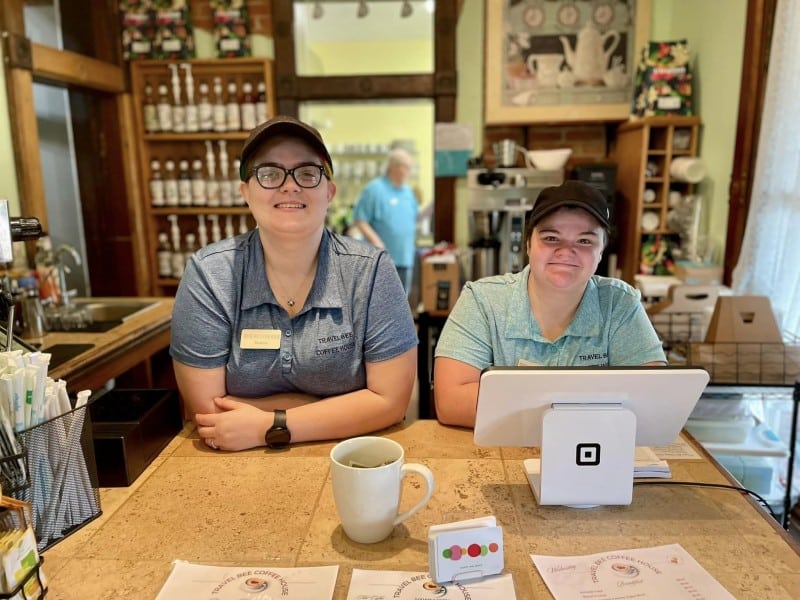Arts United Center, a Fort Wayne architectural masterpiece, is set to undergo major modernization
Updated theatre technology, greater accessibility, and more bathrooms are just a few of the proposed changes.
Did you know the Lincoln Center in New York City inspired the Arts United Center in Downtown Fort Wayne, as well as what has become Arts Campus Fort Wayne?
The Arts United Center in Downtown Fort Wayne was designed by Louis Kahn, one of the most prominent architects of the 20th century in the U.S.—and even the world. Now, almost 50 years later, Arts United of Greater Fort Wayne plans to modernize the building to 21st-century standards.

Home to the Fort Wayne Civic Theatre and the Fort Wayne Youtheatre and used by many community organizations, the Arts United Center is Kahn’s only theatre, as well as his only building in the Midwest. He was chosen for the project over notable architects I. M. Pei, Eero Saarinen, and Ludwig Mies van der Rohe. Kahn collaborated with George Izenour, a leading theatrical design expert. The focal point of the Arts United Center is local productions and performances created by and for members of the Northeast Indiana community.
In his day, Kahn envisioned an arts campus in Fort Wayne, not just one building. If he could see the way things turned out, he would likely be pleased. Arts Campus Fort Wayne, located at 303 E. Main St., now includes the Arts United Center, the Auer Center for Arts and Culture, which houses Artlink, Arts United, Fort Wayne Ballet, Fort Wayne Trails, and FAME; Barr Street Market; Fort Wayne Museum of Art; the Hall Community Arts Center, home of the Cinema Center and the Fort Wayne Dance Collective; The History Center; the Parkview Physicians Group ArtsLab; and the Alexander T. Rankin House, home of ARCH, Inc.

A building inside a building
One of the most interesting features of the Arts United Center is its main auditorium, which is encased in concrete inside the building, thus, forming a “violin inside a violin case,” Kahn put it. Such a design enhances acoustics and keeps out external sound. The rest of the building (the “case”) houses rehearsal rooms, scene and costume shops, a lobby, and more.

Because Kahn valued the intimacy between performers and their audience, the front row of the auditorium is located only a few feet from the front of the stage, and seating is not divided by a center aisle. The building features an abundance of concrete, along with a lot of natural light. Kahn wanted design and building elements to be visible, so visitors won’t see crown molding anywhere. For the most part, air vents consist of a thin, barely visible space between floors/ceilings and walls.
“It’s such a unique theatre; there’s not another one like it in the world,” says Miriam Morgan, Chief Operating Officer of Arts United and Vice President of Arts Campus Administration.
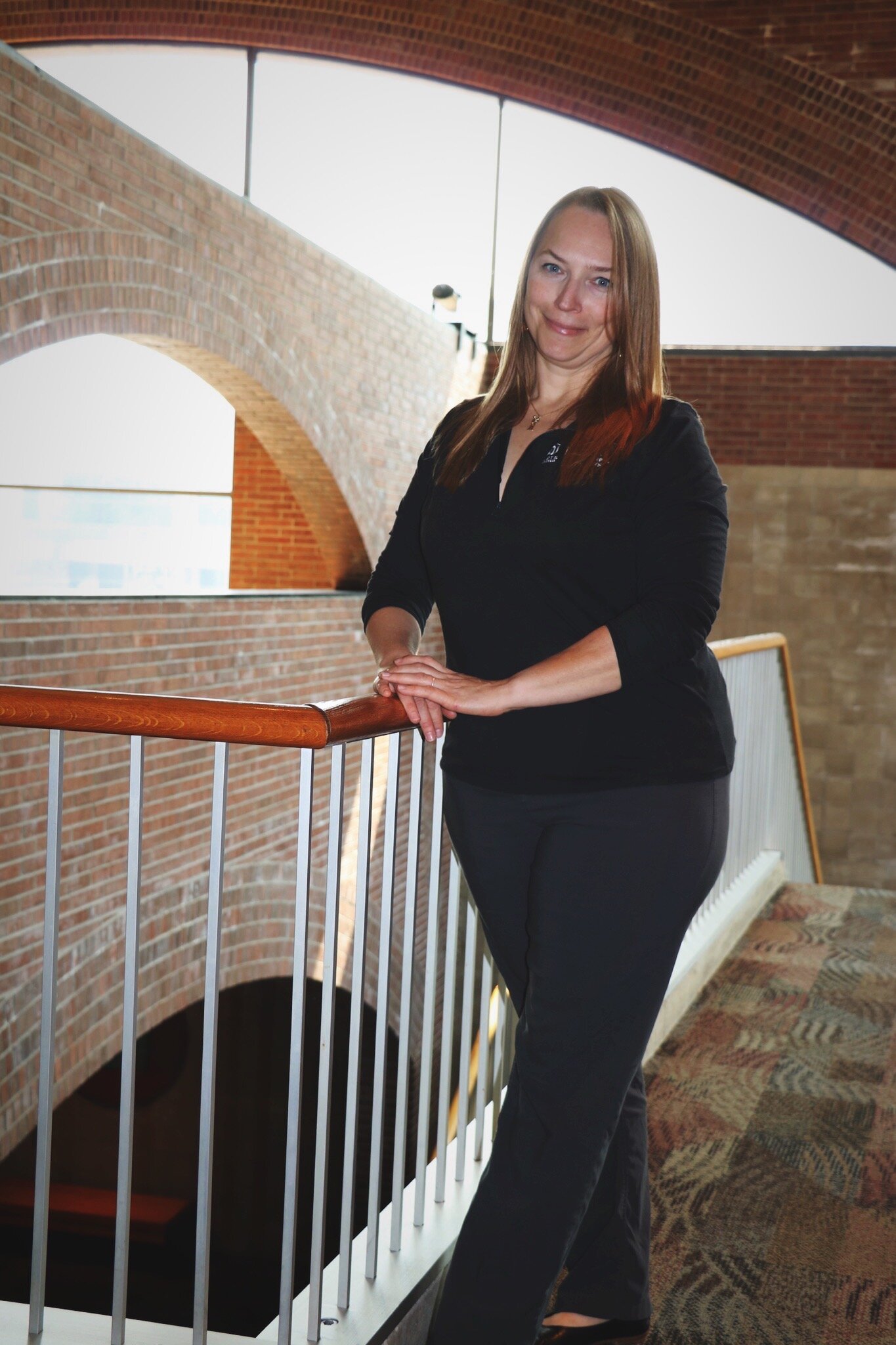
Up-to-date technology & greater accessibility
While the auditorium and its surrounding building are undeniably unique, the technology in the theatre is outdated. It still uses “Apollo-era technology.” Morgan says theatre technology roughly keeps up with cellphone technology, but much of the technology still used at the theatre was put in place long before the first cellphone. Even some of the original lighting is still in use.
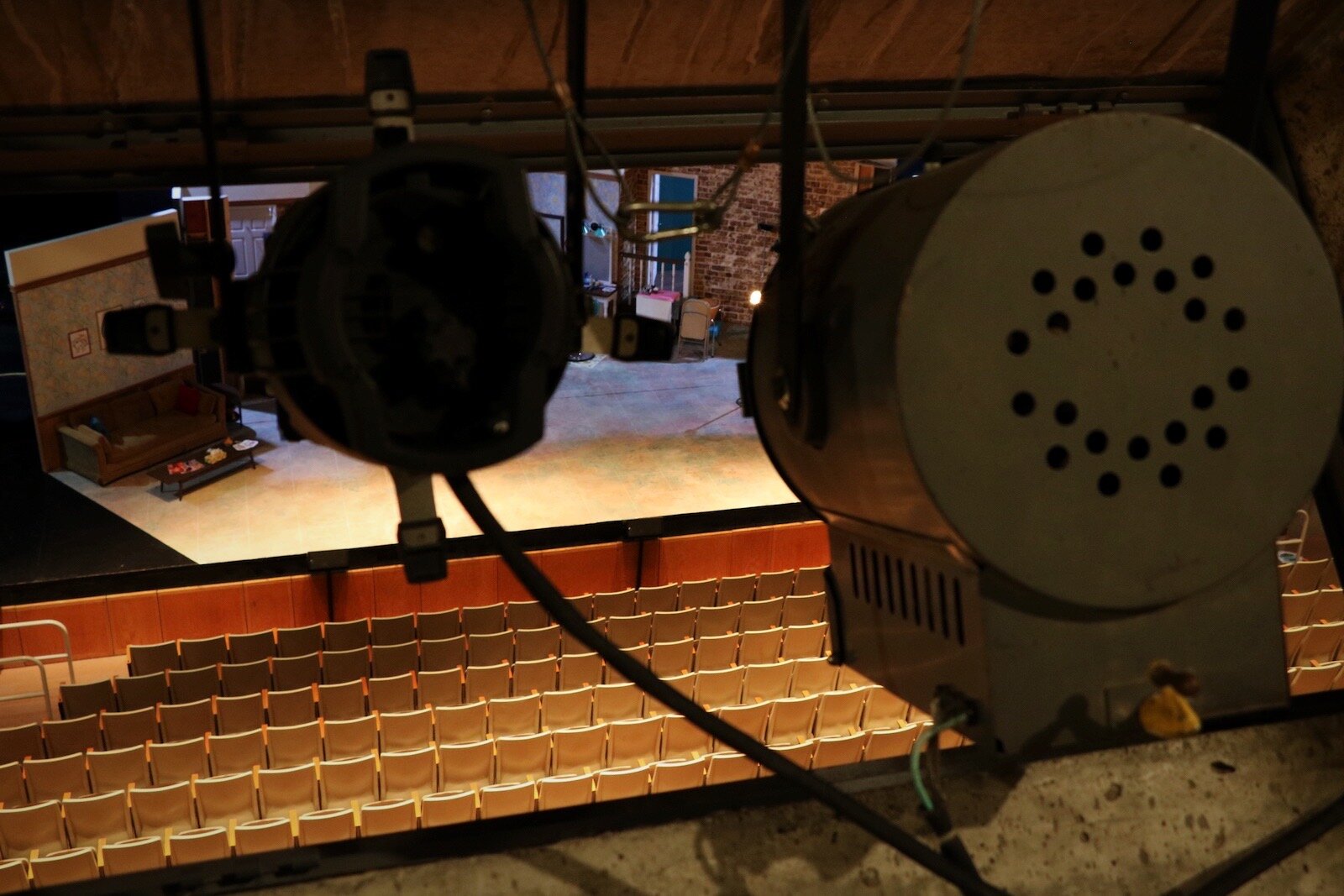
The building was constructed prior to the passage of the Americans with Disabilities Act, so handrails, accessible seating, and the presence of elevators are lacking. Morgan says that because of the lack of accessible seating in the auditorium, sometimes people who use wheelchairs are unable to sit by who they came with. Plans are also in the works to install a hearing loop system for theatergoers who are hard of hearing.
The renovations will improve the experience for performers and audiences alike, says Morgan. For example, orchestras that provide music for productions must first sit on the orchestra stage, which then descends. They do not have the benefit of a separate room from which they can enter the orchestra pit from below the stage. That problem will be remedied, along with the reactivation of scenic stage traps and wing space, thus enabling more types of productions, such as Lion King, to be staged.
“The renovation will improve connectivity between front-of-house and back-of-house allowing community members to connect with performers in enhanced ways,” Morgan says.
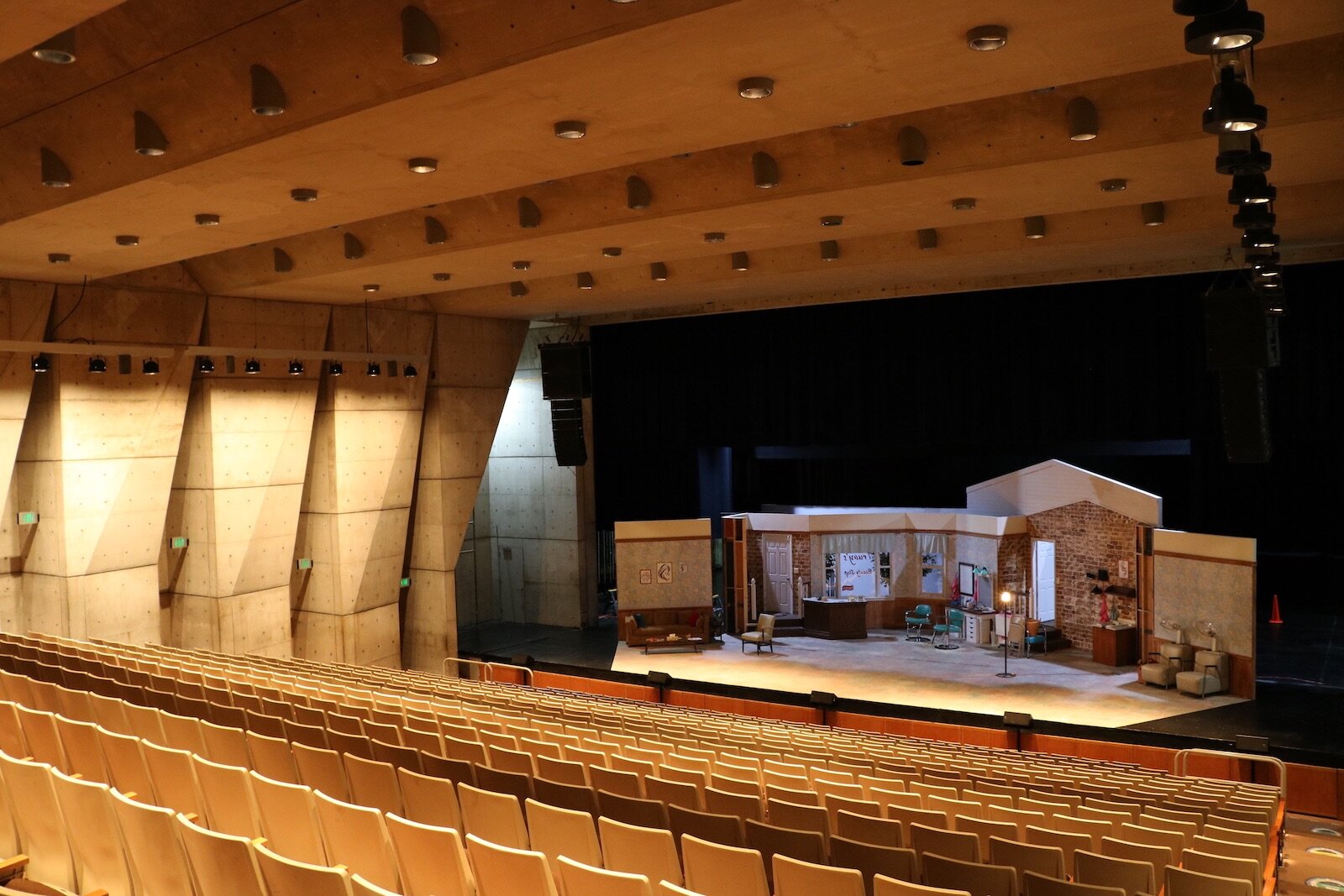
In addition, theatergoers will benefit from added concession areas and more restrooms.
Overall, Arts United President Susan Mendenhall envisions the improvements and accessibility features making the theatre and entire Arts United Center more inclusive and welcoming to all of Northeast Indiana’s community—whether they are performing, helping with a production, or simply enjoying a show.
“As we make improvements to this building, what those improvements will mean is enhancing opportunities for more community members to get involved and engaged,” she says. “Certainly, the lowest hanging fruit is addressing the lack of accessibility in the building so that people of all abilities can participate on all of those levels as employees, as volunteers, as performers, and as members of the audience.”
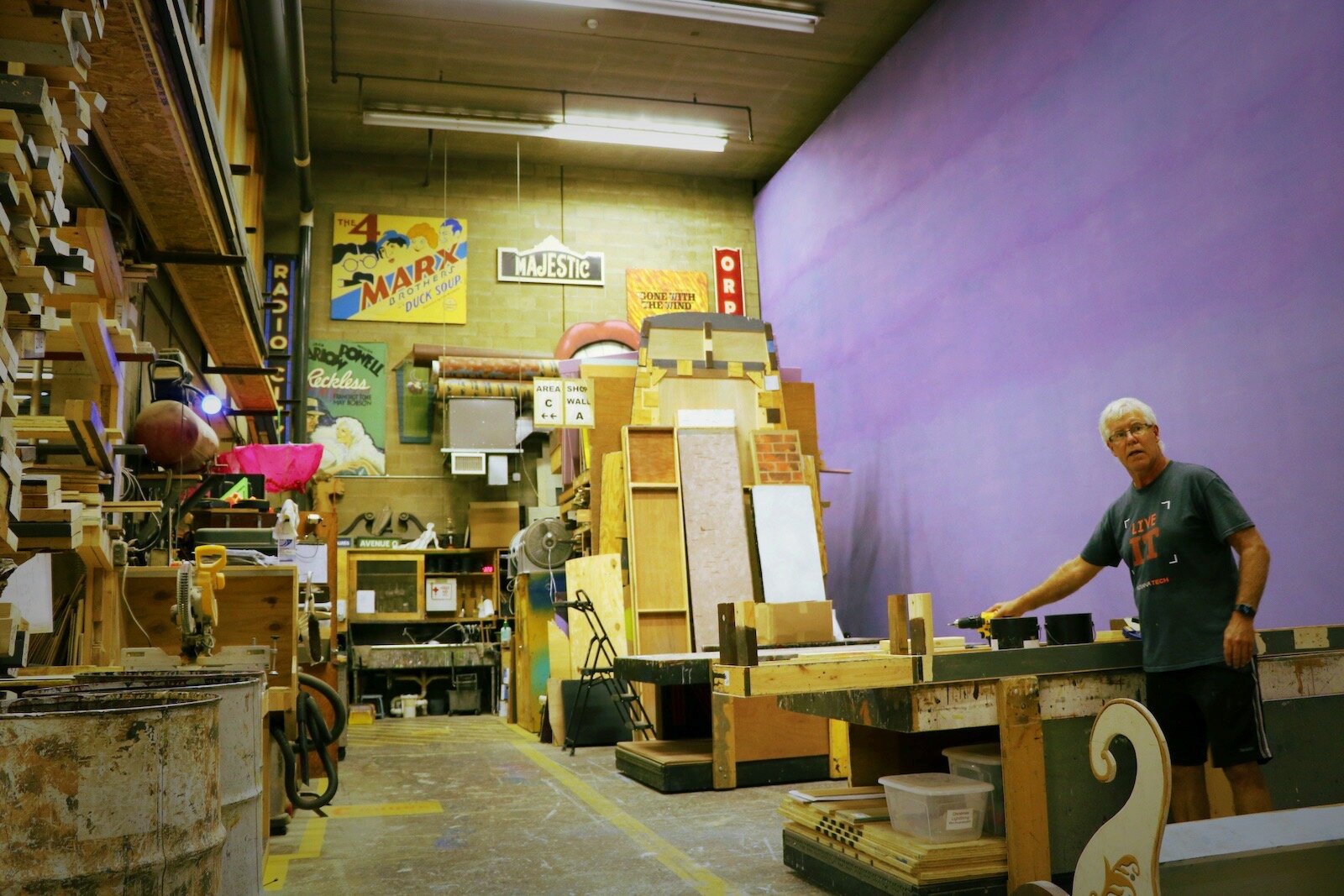
Arts United’s Technical Director, Luke Holliger, appreciates how the anticipated enhancements will enable him and others to better perform their jobs.
“This is going to allow us to provide a higher level of excellence, to generally increase the overall production value for anyone who is in the space,” Holliger says.
He points to increased accessibility to the stage as an example. Currently, the only way to access the stage is via stairs, which means a person who utilizes a wheelchair has no stage access.
Greater accessibility also applies to those who work backstage. For example, in the future, someone who has a physical disability would be able to work with an automated fly rail system; currently, they can’t. Additionally, accessibility extends to volunteers, often parents whose kids are involved in productions.
“When I do Nutcracker with Fort Wayne Ballet, it requires seven parents up on the fly rail system to be able to move scenic elements and set pieces out at the same time,” Holliger says. “We have volunteer parents who are often trained by our staff, and they get one rehearsal before they have to run a show. Greater accessibility will allow for more consistency and an experience for them that is safer and easy to operate.”

Increasing access to flexible-use rehearsal spaces is something Holliger is excited about, as well. Presently, children who use wheelchairs or mobility devices, like crutches, must be carried up to the second-floor rehearsal room to participate in activities. Elevators and enhanced connectivity between rehearsal spaces and the rest of the building will eliminate such obstacles. Rehearsal spaces have also been marked for renovations and improvements.
In terms of lighting, Holliger looks forward to when organizations like the Fort Wayne Ballet and Fort Wayne Civic Theatre will be able to utilize more LED lights and moving lights. Such effects would bolster productions of shows, like Hello, Dolly! and SpongeBob SquarePants.
Technical upgrades will lower production costs, too. Presently, local groups and organizations that use the Arts United Center for their shows often need to rent lighting and other types of equipment.
“For example, Fort Wayne Ballet is getting ready to do Dracula, and that is a projection-heavy show,” says Holliger. “We’ve had to go to local vendors who will come in and set it up for us, but they’re incurring a rental cost to put that up. Those costs are incredibly expensive and prohibitive for many groups.”
Staying true to Kahn’s original vision
Zachary Benedict, principal at MKM architecture + design, has been charged with the redesign of the Arts United Center, a project that will stay true to Kahn’s original vision while meeting 21st century needs.
“How can I understand not only where Kahn’s priorities were when he was designing it, but how would Kahn try to solve these problems if they were presented in front of him in 2022?” Benedict asks.
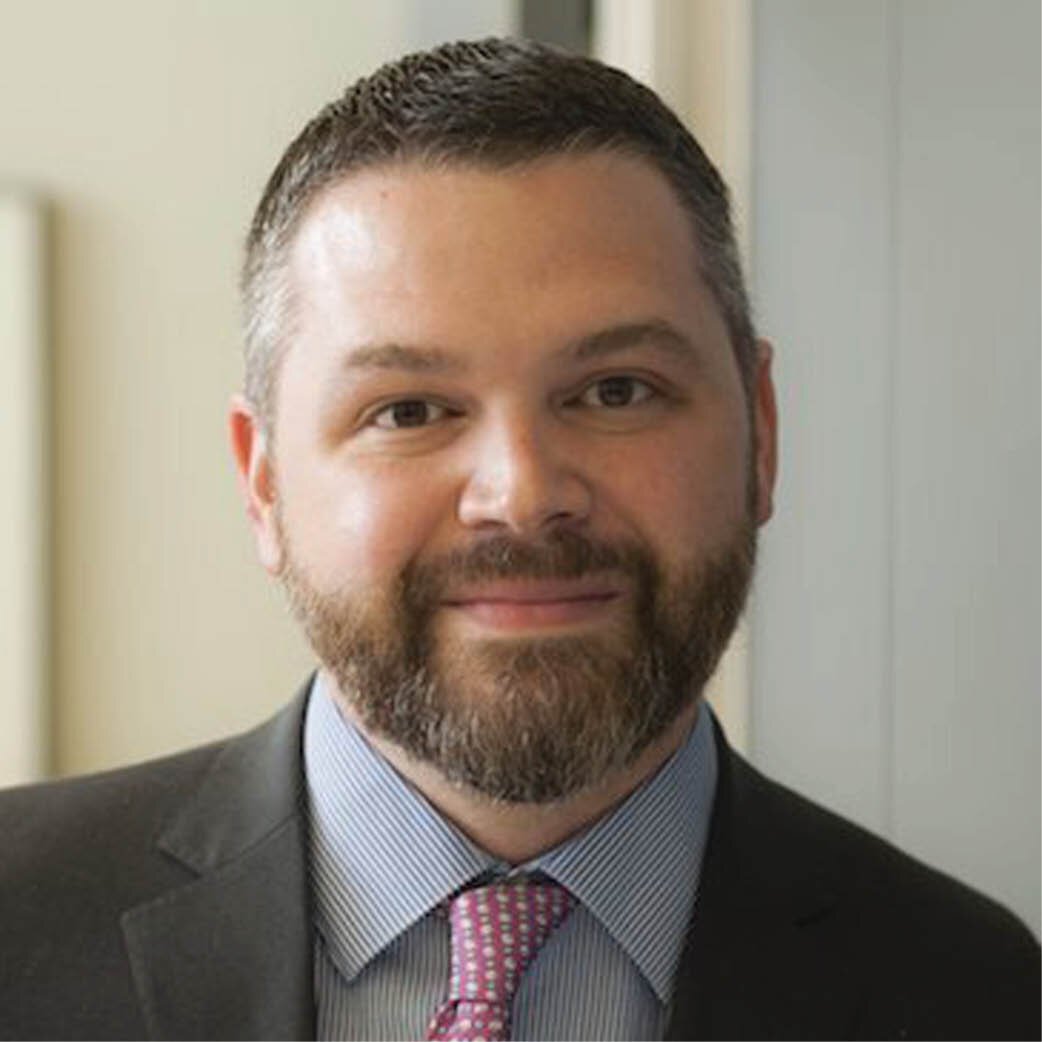
To help him with this task, Benedict was given access to letters, sketches, lectures, and other written works by Kahn, which he can use to ascertain what Kahn would want to be done.
“You kind of glean where his head was when he was designing the building,” says Benedict. “But you also have to try to forecast how he would address the challenges of today.”
Ultimately, he wants to honor the spirit of Arts Campus Fort Wayne which showcases the artistic work of people in the community.
“It’s one of the few places that serves as a platform for the community to not only be exposed to the arts, but also to be exposed to neighbors who are doing artful things,” Benedict says.

Timeframe
Mendenhall says $42.3 million is needed for the improvements, and Arts United is procuring funds from a variety of sources. This includes seeking support from the City of Fort Wayne, Allen County, and the Capital Improvement Board, pursuing federal tax credits, and funding from the Indiana READi program. Donations from foundations, companies, and individuals are also critical to the project’s completion.
Mendenhall notes that many who contribute realize the impact the arts and culture have on the community’s ability to not just attract and retain talent, but also to help the area be a great place to live, work, learn, and play.

Ideally, fundraising will be complete in 2024, Mendenhall says, and construction will commence later that year. The scope of what can be accomplished will be driven by community support.
“Investing in vibrant places, like Arts Campus Fort Wayne, and its flagship venue, the Arts United Center, brings numerous benefits to our community, such as strengthening our social and cultural fabric, supporting an active downtown and attractive community, and growing our regional economy,” says Mendenhall. “With community support, we’re eager and excited to see this iconic theatre continue to serve Northeast Indiana residents well for the next 50 years.”
This story is made possible by underwriting from Arts United. Learn more about the Arts United Center and Arts Campus Fort Wayne at artscampusfw.org.

